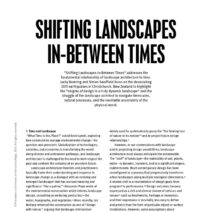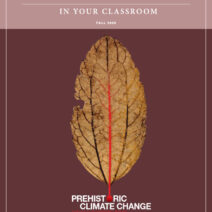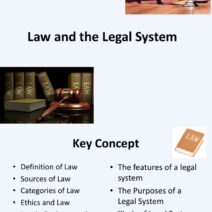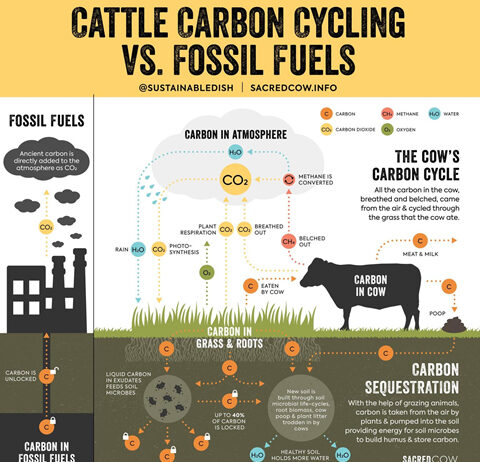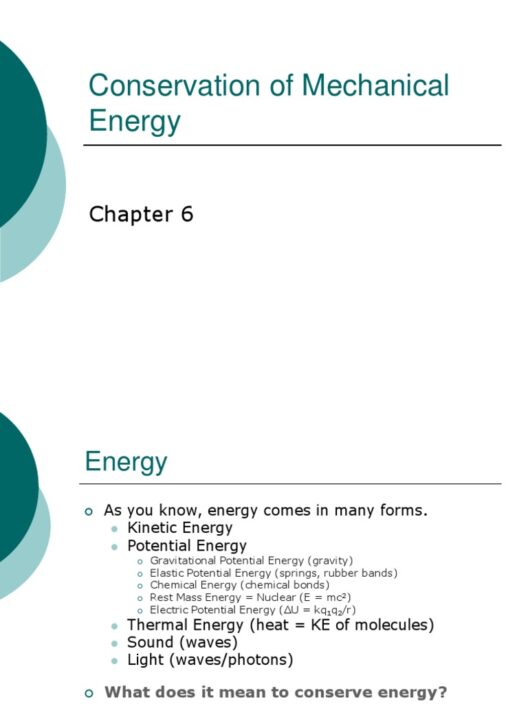Global warming, an urgent and daunting crisis, emanates from myriad sources, most notably from the marriage of industry and agriculture. The convergence of these two sectors is pivotal in understanding the overarching mechanisms that generate greenhouse gas emissions. This essay navigates through the intricate web of industrial activity, agricultural practices, and meticulously examines their collective role in exacerbating the planet’s warming trajectory.
First, it is essential to delineate the primary contributors from both spheres. Agricultural activities such as livestock production, rice cultivation, and fertilizer application release substantive quantities of greenhouse gases. Methane, a potent greenhouse gas, is predominantly released by ruminant livestock, including cattle, sheep, and goats, through enteric fermentation during digestion. Consequently, the emissions from these sectors account for a significant percentage of global methane output, rivaling that of industrial sources.
Conversely, the industrial sector unveils a different range of emissions. Manufacturing processes, energy production, and transportation systems contribute to the release of carbon dioxide (CO2), nitrous oxide (N2O), and other harmful pollutants. The combustion of fossil fuels in power plants and factories generates colossal amounts of CO2, which remains in the atmosphere for extended periods, contributing to the greenhouse effect. Reports suggest that industrial activities account for almost 21% of global emissions, underscoring the importance of addressing this sector’s impact on climate change.
One must also consider the intertwining dynamics of land use change exacerbated by these industries. Agriculture’s expansion often incurs the clearing of forests, a process that not only obliterates natural carbon sinks but also releases stored carbon into the atmosphere. Concomitantly, industrial expansions often exacerbate land degradation, further diminishing the capacity of our biosphere to sequester carbon. This cycle of destruction reveals not just a linear correlation, but a cyclical dilemma where agriculture and industry continuously impinge upon the planet’s ability to recover.
Moreover, the impact of fertilizers on global warming cannot be overlooked. The application of synthetic fertilizers in agriculture has become ubiquitous, increasing crop yields but also significantly emitting nitrous oxide. This greenhouse gas is approximately 298 times more effective than CO2 in trapping heat over a century. The irony lies in the very practices aimed at alleviating food scarcity contributing to climate instability.
In examining these concerns, one may arrive at the intersection of climate policy and agricultural reform. Political efforts are required to recalibrate practices in both agriculture and industry. It is imperative to promote sustainable farming methods, such as regenerative agriculture, which enhances soil health, restores ecosystems, and substantially mitigates emissions. The adoption of agroecological practices can play a crucial role in sequestering carbon while simultaneously producing food. Furthermore, conservation grazing, cover cropping, and reduced-tillage strategies manifest innovative pathways to halt the tide of climate change.
Likewise, the industrial sector must undergo transformation to address the sustainability deficit. Transitioning to renewable energy sources is an immediate necessity. Industries should invest in solar, wind, and other clean energy modalities to curtail their reliance on fossil fuels and ultimately reduce CO2 emissions. Implementing energy-efficient technologies and practices not only fosters economic savings but also significantly decreases environmental footprints.
However, advancements in technology must also undergo rigorous evaluation to prevent unintended adverse consequences. Innovations such as carbon capture and storage (CCS) present opportunities but require careful implementation to ensure they genuinely contribute to emission reductions without promoting continued fossil fuel dependence. Rigorous regulatory frameworks are essential for guiding these technologies toward sustainable outcomes.
Encouragingly, consumer behavior can facilitate impactful changes within these sectors. Increasing awareness about the carbon footprint of food choices can empower individuals to support sustainable agricultural products. Opting for local and seasonal produce or advocating for plant-based diets can reduce methane emissions from livestock. The demand for transparency and sustainability can drive industries to adopt greener practices and fulfill consumer desires for responsible production.
The inseparable link between agriculture and industry in fueling global warming necessitates a concerted effort across all levels. Collaboration among stakeholders—including farmers, industrialists, policymakers, and consumers—is vital to initiate meaningful reform. Partnerships can foster avenues for innovation and create robust systems designed to mitigate emissions while ensuring food security.
Furthermore, education and research should be at the forefront of these discussions. Universities and research institutions can play a pivotal role in disseminating knowledge about sustainable practices and technologies. Investment in research aimed at identifying climate-smart agricultural practices can pave the way for solutions that benefit both farmers and the environment.
In conclusion, the interplay between farms and factories is emblematic of the broader challenges facing our planet in the face of climate change. Addressing these issues requires a multifaceted approach that embraces sustainable practices, innovative technologies, and a renewed commitment to environmental stewardship. The path forward hinges on a collective understanding that both industry and agriculture must evolve to secure a livable planet for future generations. By fostering collaboration, encouraging informed consumption, and advocating for systemic change, we can transcend the entrenched barriers that currently impede our progress towards sustainability and resilience in the battle against global warming.
